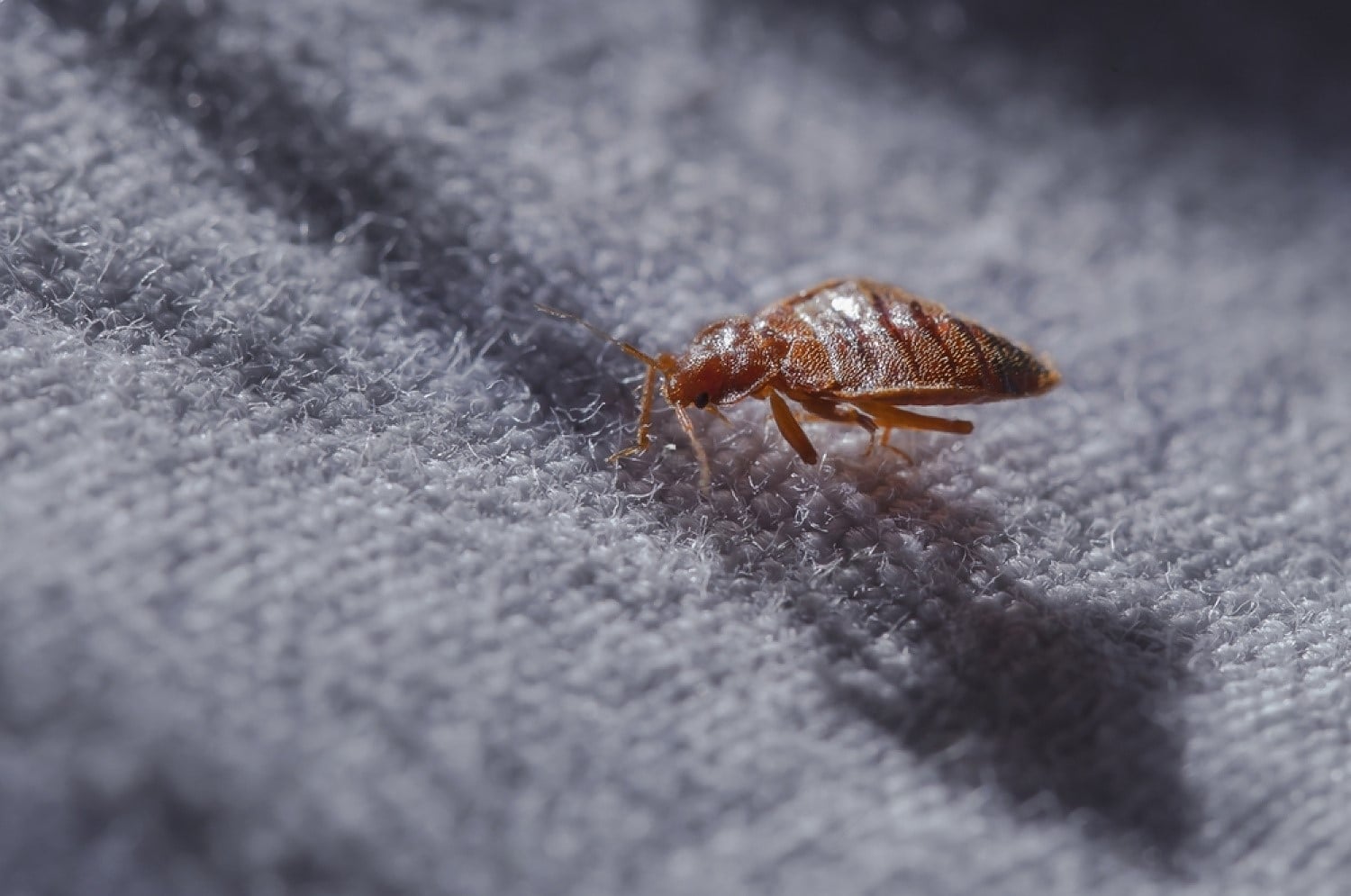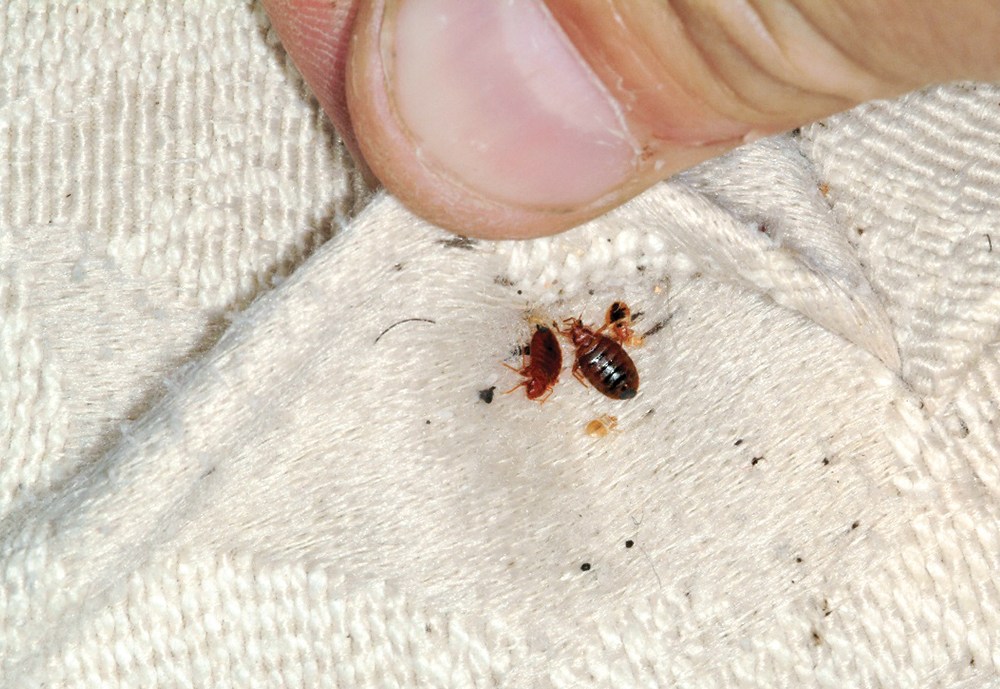Top A1 Bed Bug Treatment in Houston - Quick and Affordable
Top A1 Bed Bug Treatment in Houston - Quick and Affordable
Blog Article
Comprehending the Lifecycle of Bugs for Targeted Control Methods
Comprehending the lifecycle of bugs is an essential element of efficient bug administration methods. By understanding the numerous phases of growth that parasites undertake, a more precise and targeted approach can be embraced to control their populations. This understanding not only loses light on the susceptabilities within the insect lifecycle yet additionally leads the way for carrying out strategic steps that can disrupt their development and recreation cycles. Via a much deeper understanding of how insects advance and thrive, customized control approaches can be designed to deal with particular points in their lifecycle, eventually resulting in more effective bug monitoring end results.
Significance of Recognizing Insect Lifecycle
Understanding the lifecycle of parasites is crucial for developing reliable and targeted control approaches in bug management. By understanding the various stages a pest goes with from egg to adult, bug control experts can determine at risk points in the lifecycle where intervention can be most effective.
In addition, identifying the certain ecological problems essential for each and every phase of the bug's lifecycle can assist decisions on habitat modification or exemption approaches to decrease and disrupt the lifecycle parasite populaces. This understanding enables pest monitoring specialists to carry out proactive measures instead of depending entirely on responsive therapies, resulting in even more lasting and sustainable pest control solutions. Inevitably, an extensive understanding of insect lifecycles encourages bug control specialists to tailor their approaches properly, making the most of and decreasing ecological effects control end results.
Trick Phases in Insect Development
To efficiently implement targeted control methods in pest monitoring, an essential aspect exists in adequately identifying and comprehending the vital phases in insect growth. Pest development normally includes several essential phases that are crucial for their lifecycle and administration. The very first phase is the egg stage, where bugs lay eggs that later on hatch out into larvae. Larvae after that progress right into pupae, a phase where they undergo transformation prior to arising as grown-up parasites. Recognizing these phases is important as it assists in identifying weak spots in the lifecycle where control steps can be most reliable.

Vulnerabilities in Parasite Lifecycle
Throughout the different stages of an insect's lifecycle, unique vulnerabilities arise that can be tactically targeted for reliable control procedures (A1 Bed Bug treatment houston). One essential vulnerability lies in the egg stage, where pests are typically more at risk to particular insecticides or organic control representatives due to their soft external shell, making them simpler targets for treatment. Comprehending these susceptabilities in the bug lifecycle is important for developing efficient and specific control strategies that successfully handle insect populaces while decreasing ecological impact.
Applying Targeted Control Procedures

Executing targeted control measures normally involves a multi-faceted technique. This may consist of environment adjustment to make the setting less hospitable to bugs, such as eliminating standing water for insect control or securing entrance points for rodents. In addition, organic control techniques can be used, where all-natural killers or microorganisms are presented to maintain bug populations in check.
Chemical control, such as the careful application of chemicals, is an additional usual strategy. However, it is vital to utilize these substances deliberately to minimize environmental impact and possible damage to non-target varieties. Integrated Pest Monitoring (IPM) methods that combine various control measures in a collaborated and sustainable Clicking Here way are typically one of the most effective in achieving long-term insect administration goals. By carrying out targeted control steps based upon a thorough understanding of parasite lifecycles, parasite populations can be successfully controlled while lessening risks to human health and the environment.
Improved Pest Administration Practices

Additionally, the unification of biological control agents, such as natural killers or microorganisms of bugs, can help in reducing dependence on chemical pesticides and promote a much more well balanced environment. Carrying out physical obstacles and traps can likewise become part of boosted pest monitoring techniques, providing safe and targeted services for pest control. Additionally, using scents and other semiochemicals can disrupt pest breeding patterns and communication, causing lowered bug populaces with time.
Conclusion
By identifying crucial phases in bug development and vulnerabilities in their lifecycle, targeted control actions can be implemented to reduce pest populaces. Boosted parasite monitoring practices can assist minimize the dependence on broad-spectrum chemicals and promote even more eco pleasant and lasting insect control approaches.
Recognizing the lifecycle of pests is essential for establishing reliable and targeted control strategies in insect administration. By understanding the different phases a bug goes with from egg to adult, parasite control professionals can recognize susceptible factors in the lifecycle where intervention can be most successful. Inevitably, a detailed understanding of pest lifecycles encourages insect control practitioners to click to read customize their approaches efficiently, decreasing ecological impacts and taking full advantage of control results.
By applying targeted control steps based on a thorough understanding of parasite lifecycles, insect populaces can be successfully regulated while reducing risks to human health and the atmosphere.
By determining essential phases in parasite advancement and susceptabilities in visit here their lifecycle, targeted control procedures can be carried out to reduce bug populations.
Report this page